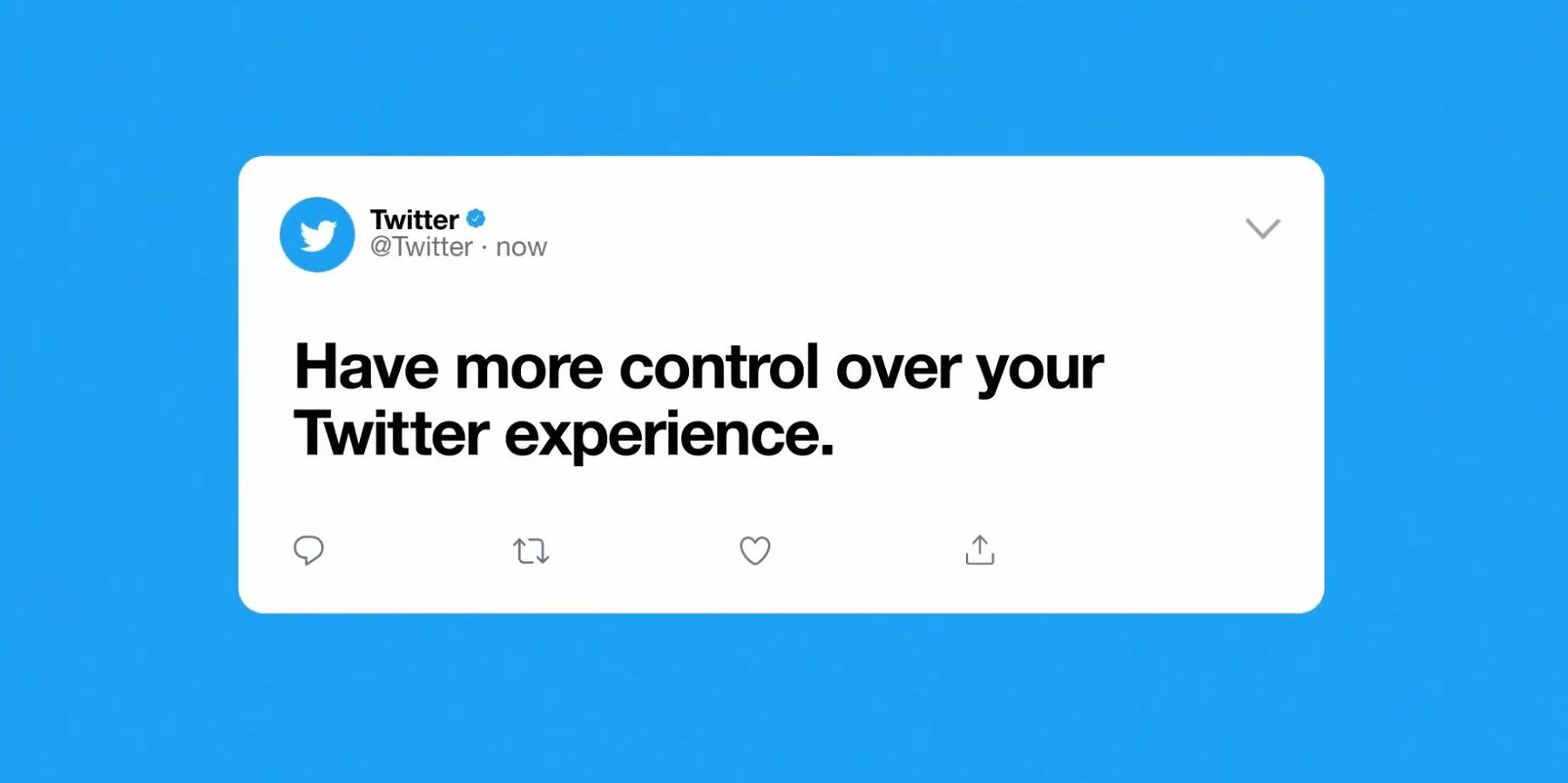Twitter is great for keeping up with what’s happening, but according to a recent article it also has a tendency to shape people’s views towards the extreme. As is the case with all social media, services that group people together through common likes and dislikes have come under increased scrutiny recently for the way in which they deal with misinformation. But what if Twitter was unintentionally designed to amplify distorted and extremist viewpoints?
Twitter is an ideal way to get a message to many people, fast. In fact, the company is so focused on speed and getting messages out there that it refuses to add an edit button. A message, followed by one or two quick likes or retweets can quickly escalate into a message seen by millions. While Twitter has already proven that can be a good thing when it comes to disasters or civil rights infringements, these days the tendency appears to be for extreme views to be given more attention than they might otherwise have gotten naturally. And some know and use this tendency to their advantage, especially when it comes to political ideas and views.
A recent report by The Atlantic looks at this phenomenon by highlighting how Twitter is an ideal place to push an extreme view. Instead of an extremist message being ignored by most people, Twitter has the ability to amplify the same message to where it is heard by everyone. The very act of sharing on Twitter can appear to give credence to the message. This can not only inadvertently make a message resonate with people who wouldn't have otherwise seen it, but also make Twitter users, as a group, appear to think one way when the actual viewpoint of most is different. Sometimes, even the complete opposite.
What Can Twitter Do To Help Stop The Problem?
Whether you lean left or right, extreme viewpoints are extreme viewpoints and often add very little to what the majority of people think or want to debate. However, Twitter users' tendency to inadvertently promote an extreme viewpoint is something that appears to be embedded in the platform. It is unclear what, if anything, the platform can actually do about it. As one side attacks another for an extreme viewpoint, those who fall on the other side of the argument will come to the defense of their team. As more come to the defense of their group, each side is further buoyed by the increase in comments and retweets, leading them to assume their belief is the mainstream opinion.
A prime example of this Twitter effect played out recently when Vince Vaughn began trending on Twitter. While most Twitter users probably saw very little issue with Vince Vaughn meeting and greeting President Trump at a football game, the Twitter effect seemed to suggest there were only two mainstream opinions. The first was that Vaughn should immediately be "cancelled", and the second was that Vaughn is a hero and helping the cause. The reality, and likely actual mainstream opinion of most Twitter users was probably just that ‘Vaugn had met Trump at a football game,’ and that’s it.
President Trump himself is a prime example of the problem. Whether users agree or disagree with a Trump tweet, they retweet it, comment on it, and spread it. As the battle over Trump’s tweet intensifies, the perception of what Twitter users think collectively becomes disjointed compared to the majority of users who didn’t share or engage with the tweet – namely, the actual mainstream Twitter crowd. This is also without ever discussing the actual world outside Twitter where the real mainstream opinion is likely to differ even more from what Twitter users think is a mainstream opinion.
Source: The Atlantic


